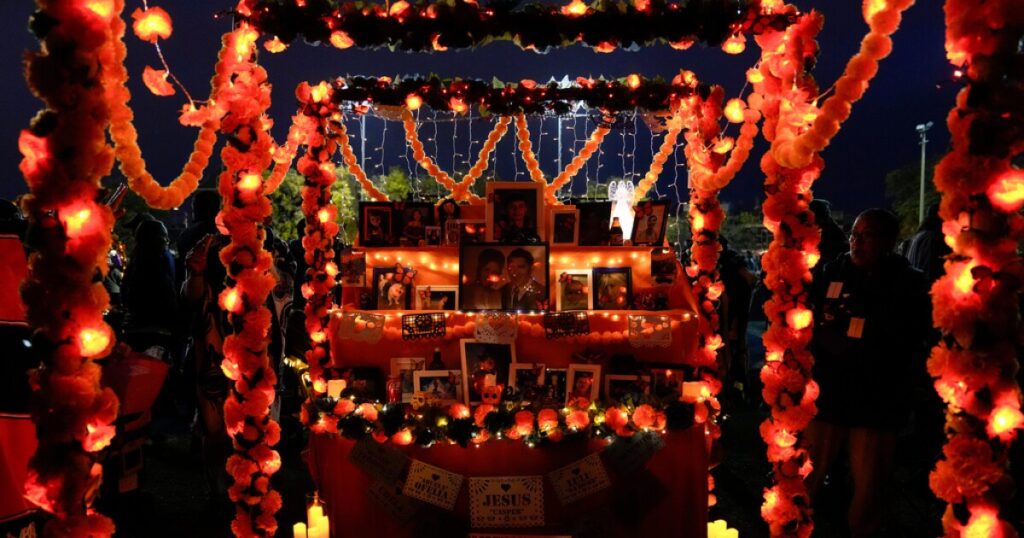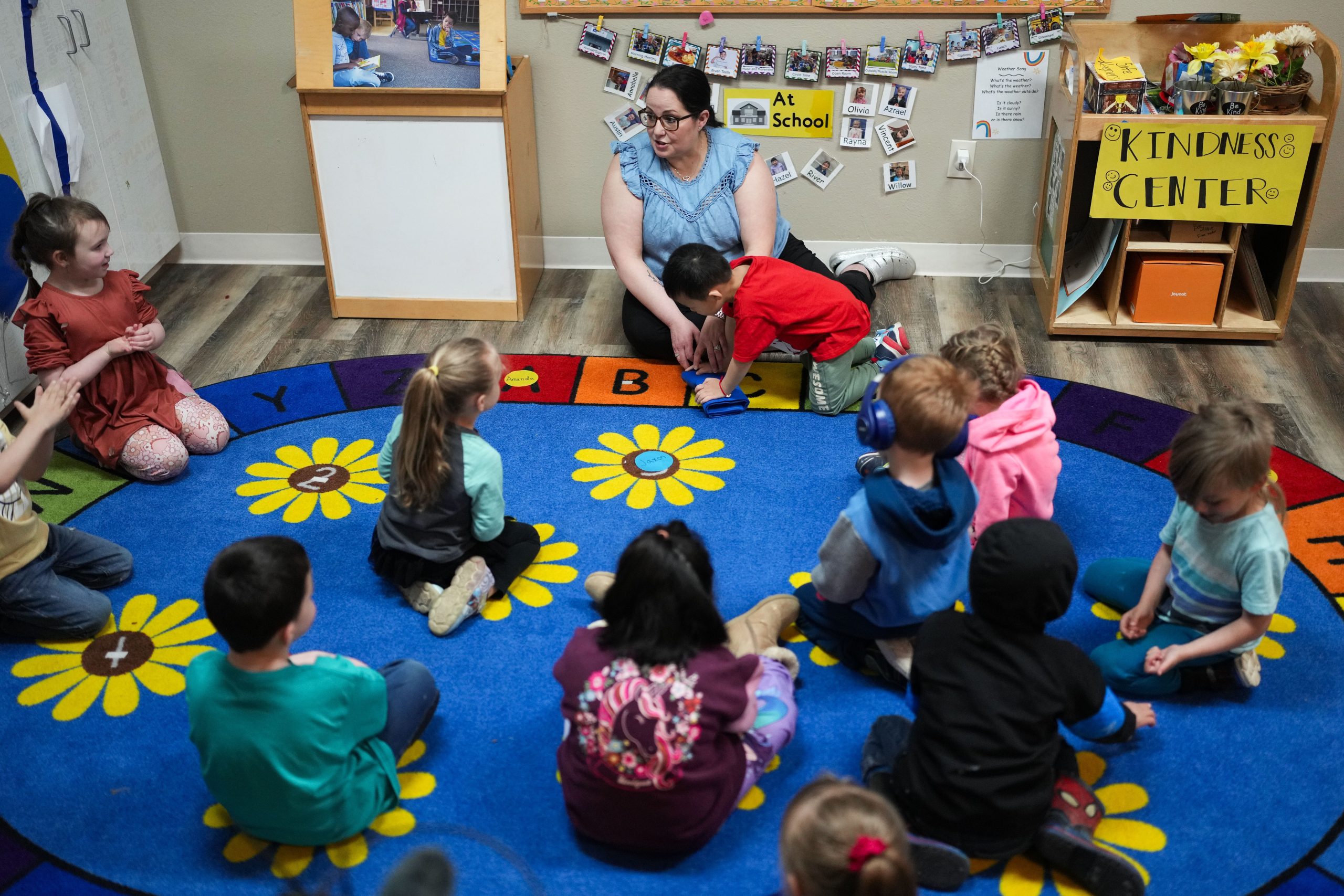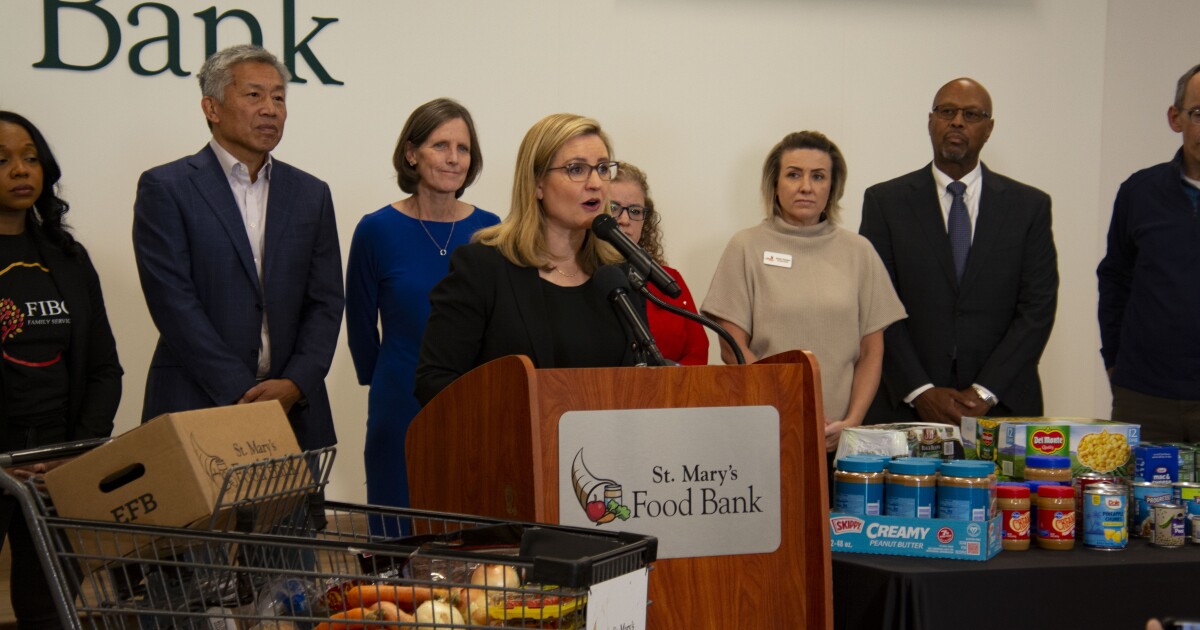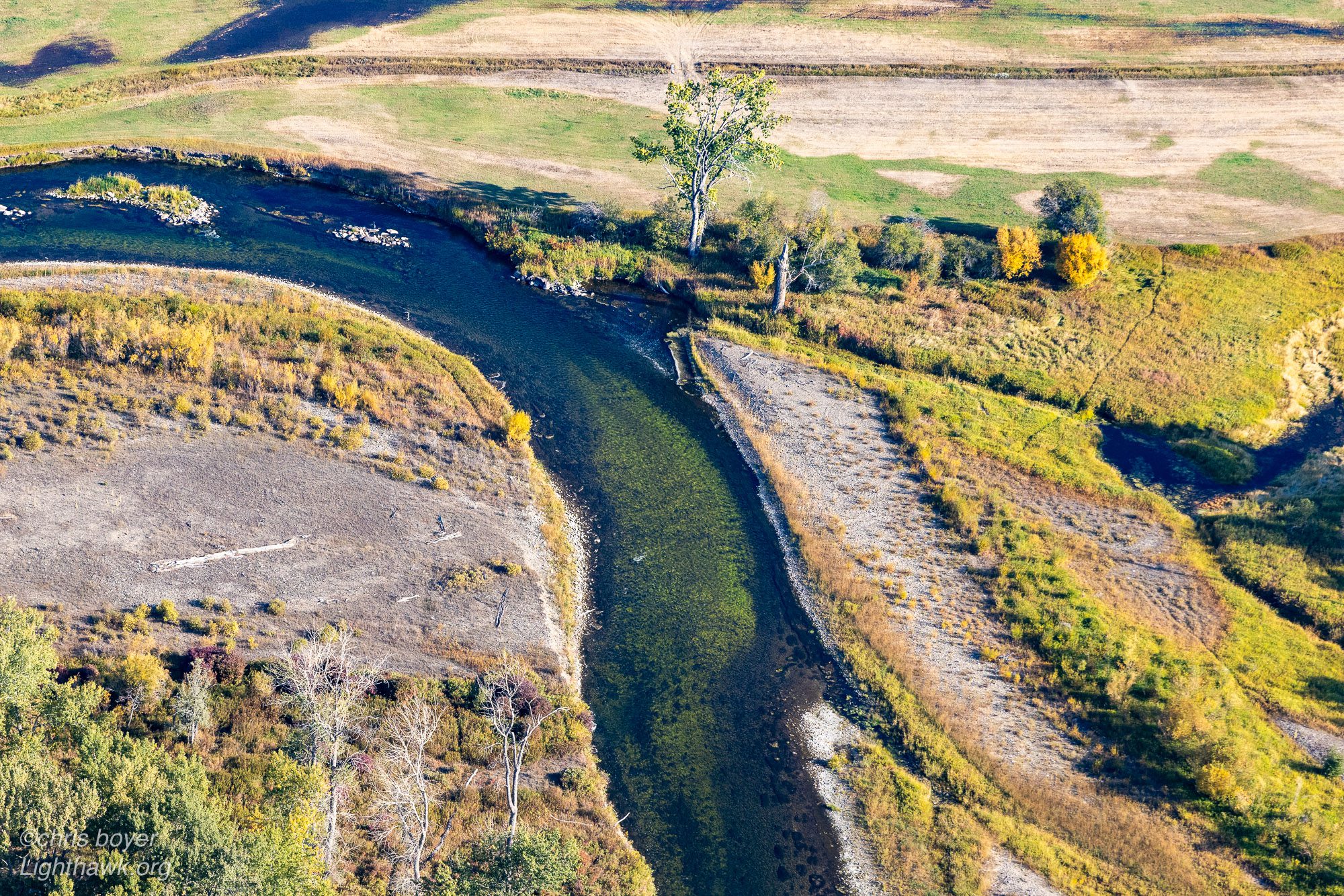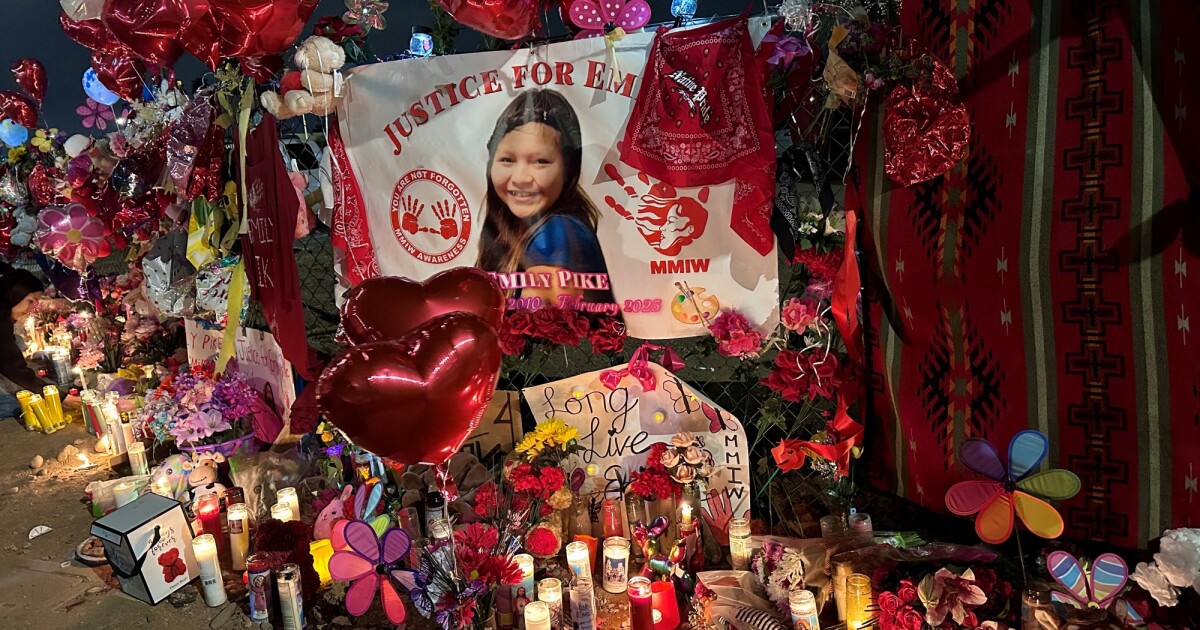As the calendar flips to early November, Mexican American households across the United States are preparing to commemorate their ancestors during Dia de los Muertos, known as the Day of the Dead. This tradition, rich in history, is facing a modern-day challenge of balancing its deep-rooted customs with a wave of commercialization.
Originally, Day of the Dead was a closely-held family custom, marked by intimate gatherings around home altars called ofrendas, and visits to cemeteries to adorn graves with vibrant flowers and sugar skulls. Families would offer their deceased loved ones’ favorite meals and hire musicians to perform cherished songs, embracing the belief that skeletons represent a cyclical return of the spirit to the living world.
Ofrendas are often decorated with photographs, candles, and items like cigars or favorite foods, creating a poignant connection to those who have passed.
From Private Observances to Public Festivities
The transformation of Day of the Dead celebrations both in the U.S. and Mexico reveals a shift towards broader public engagement. The 2017 release of Disney’s “Coco” played a significant role in popularizing these celebrations beyond traditional boundaries. Cesáreo Moreno, chief curator at the National Museum of Mexican Art, notes that while the movie educated a wider audience about the tradition, it also contributed to its commercialization.
“The Mexican American community in the United States celebrates the Day of the Dead as a cultural expression,” Moreno explained. “It is a healthy tradition and it actually has an important role in the grieving process. But with ‘Coco,’ that movie really thrust it into mainstream popular culture.”
This increased visibility has sometimes led to confusion between Day of the Dead and Halloween, altering public perception and celebration methods.
Modern Interpretations of Ancient Altars
Recently, some individuals have opted for more minimalist ofrendas, diverging from the traditional colorful displays filled with papel picado and marigolds. These simplified altars may appeal to a modern aesthetic, but Moreno cautions against losing the tradition’s essence.
“If people are looking to do something a little bit different, that is fine,” Moreno mentioned. “But if people stop understanding what is at the heart of this tradition, if people start transforming that, that is what I am against.”
Ana Cecy Lerma from Texas observes that the minimalist trend may be driven by the desire to create visually appealing social media content. “I think you can put what you want in an altar and what connects you to your loved ones,” Lerma said. “But if your reasoning is merely that you like how it looks then I feel that’s losing a bit of the reason as to why we make altars.”
Commercialization Challenges Cultural Integrity
Sehila Mota Casper, head of Latinos in Heritage Conservation, warns that American businesses are capitalizing on Dia de los Muertos for profit, similar to Cinco de Mayo. Retail giants like Target and Wal-Mart now offer create-your-own-ofrenda kits.
“It’s beginning to get culturally appropriated by other individuals outside of our diaspora,” Mota Casper commented.
Beth McRae, although not of Mexican descent, has embraced the tradition since the mid-90s, celebrating with her own collection of cultural items in Arizona and California. “This is the coolest celebration because you’re inviting the loved ones that you’ve lost,” McRae stated.
McRae emphasizes respect in her celebrations by sourcing trinkets from Mexico and focusing on honoring loved ones. “It’s done with respect and love, but it’s an opportunity to raise awareness to people that are not familiar with the culture or are not from the culture,” she added.
Salvador Ordorica, a first-generation Mexican American, believes that evolving traditions can help maintain their relevance for future generations. “I think it’s okay for traditions to change,” he said. “It’s a way to really keep that tradition alive as long as the core of the tradition remains in place.”
—
Read More Arizona News

